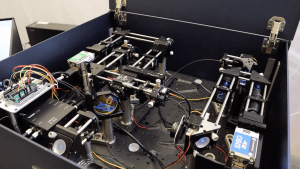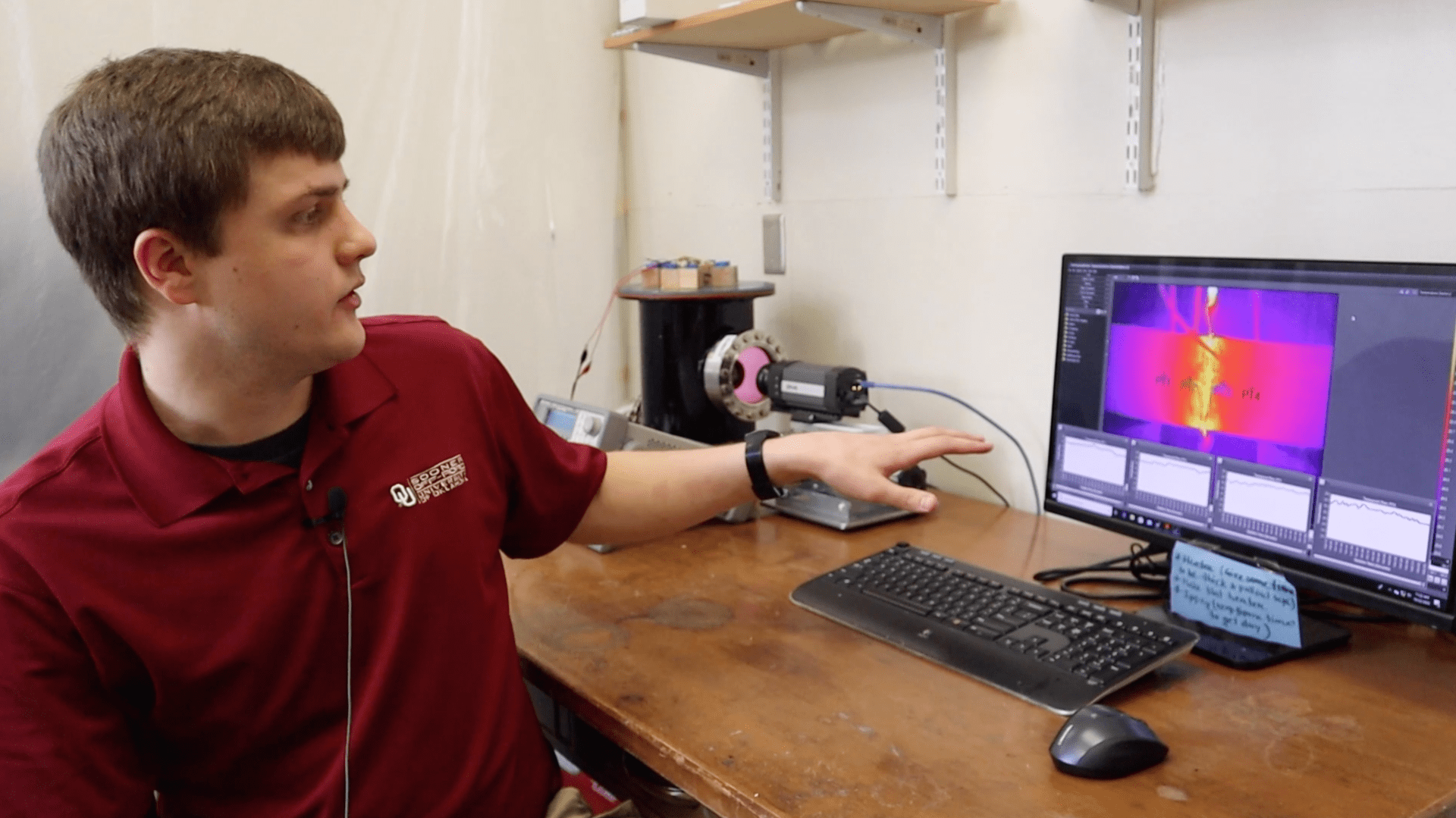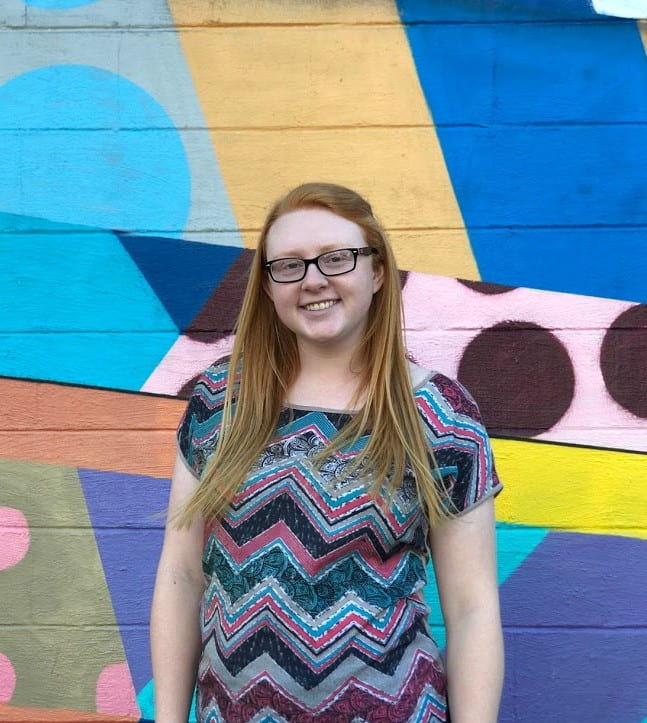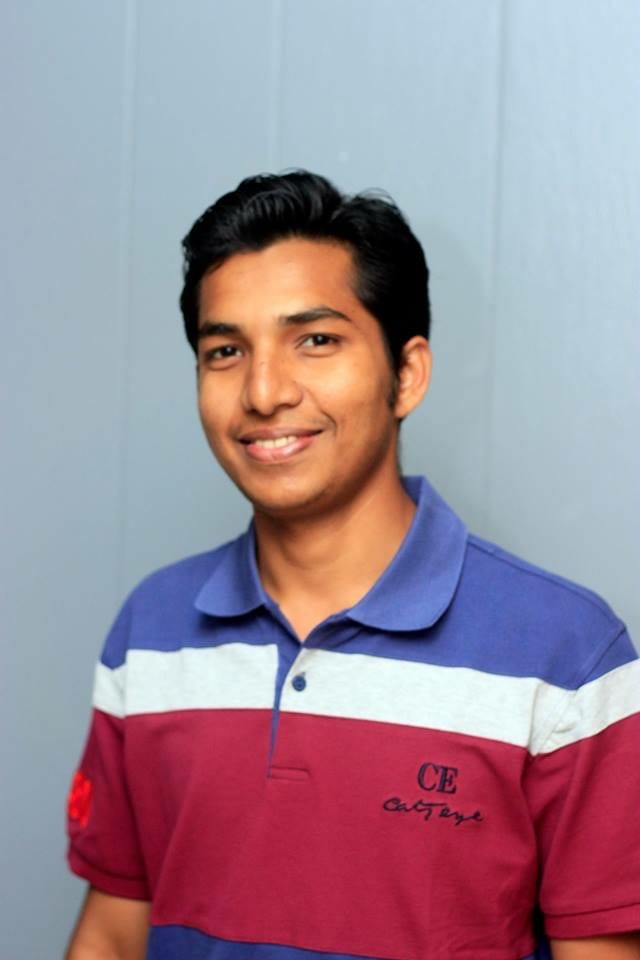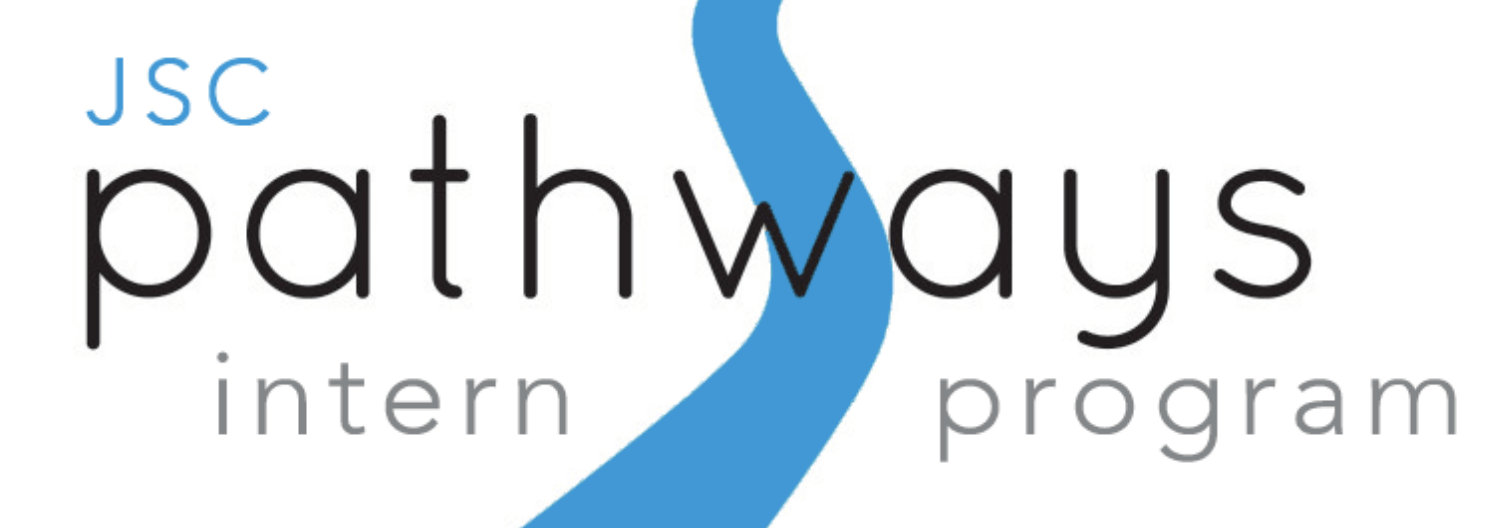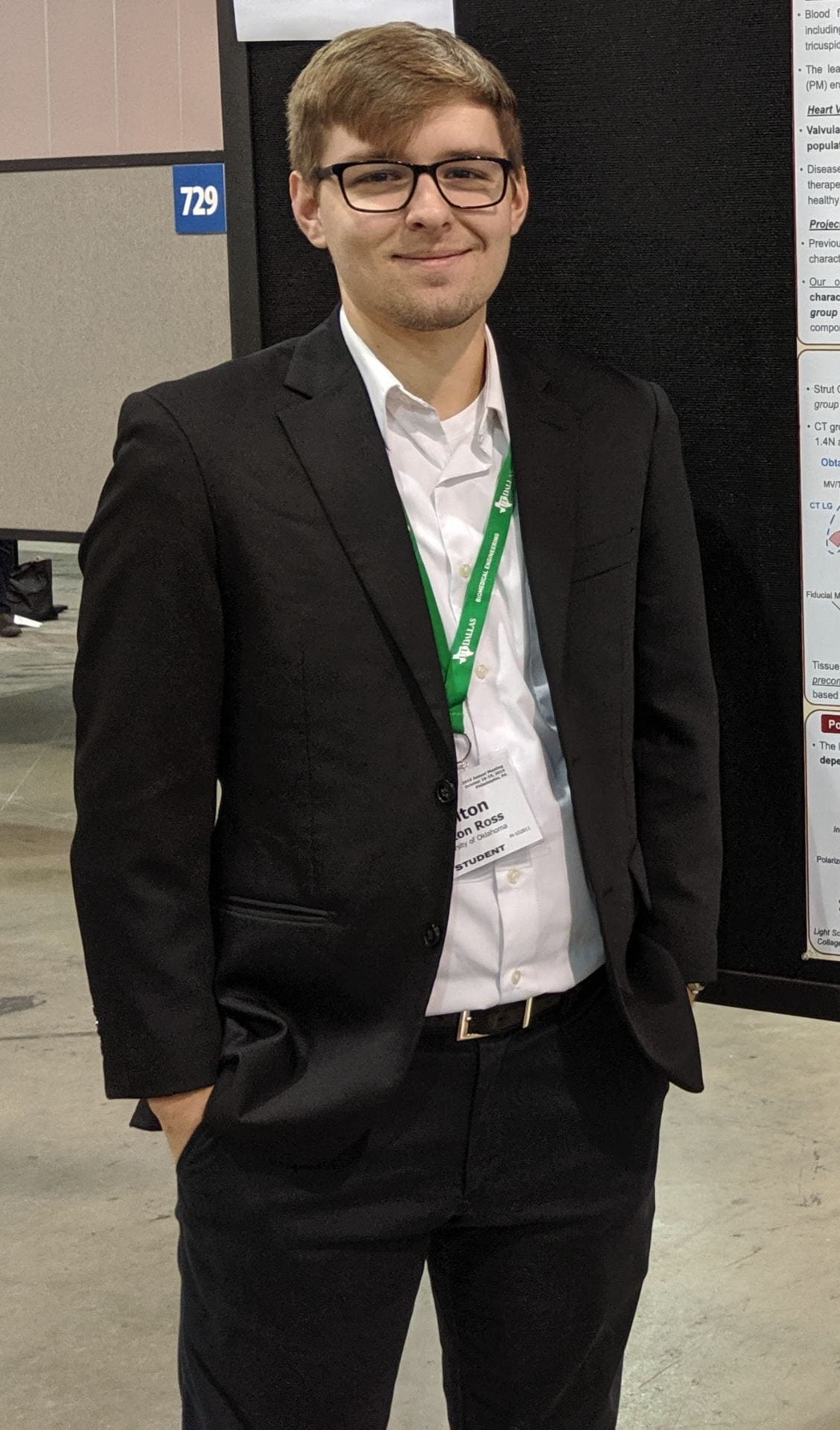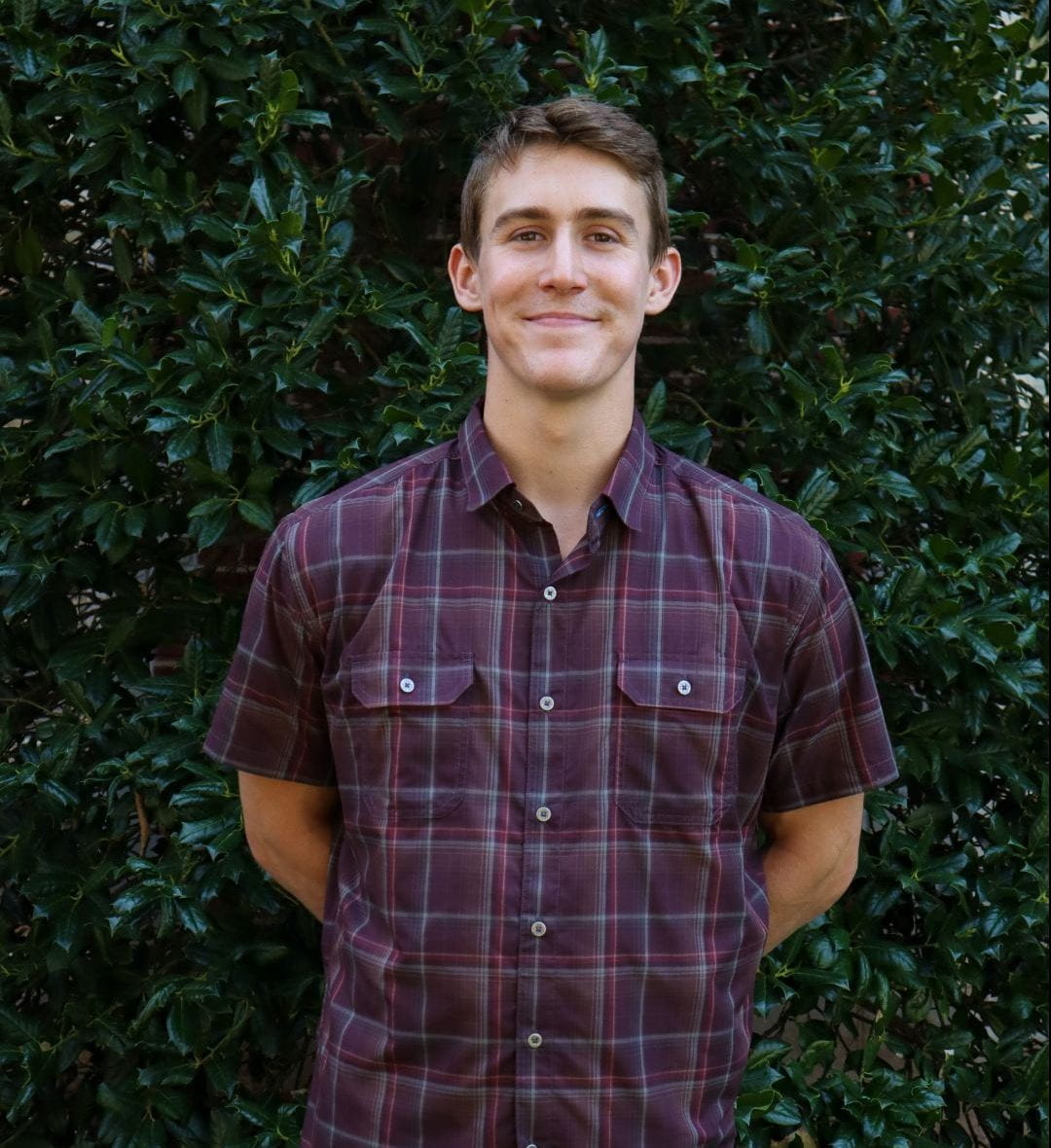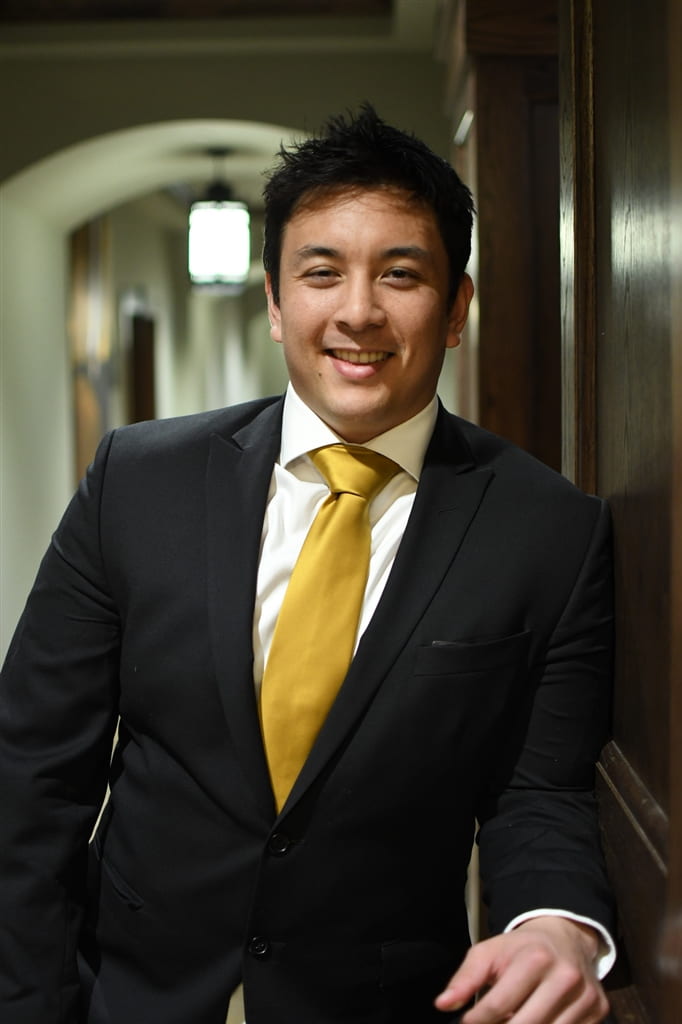We have amazing professors here at AME who love teaching and working with our students. This week, get to know these seven outstanding faculty members. 
Dr. Chung-Hao Lee
Dr. Lee’s research interests include Cardiovascular Biomechanics and Multiscale Computational Modeling. He teaches Solid Mechanics, Numerical Methods, Solid Mechanics Lab, and Biomechanics, and his favorite class in college was Finite Element Methods. In Dr. Lee’s free time, he enjoys watching TV and sports! Dr. Lee’s favorite thing about OU is working with students from various disciplines and his advice to students is to pay attention to the details and read instructions carefully.

Dr. Zahed Siddique
Dr. Siddique’s research interests include Engineering Education, Oil and Gas Component Characterization, Neuro-Responses to Creativity, and Product and Process Design. He teaches Principles of Design and Design Practicum. In college, he enjoyed programming courses. In Dr. Siddique’s free time, he likes to watch movies. His favorite thing about OU is working with students on projects involving design, manufacturing, and testing. Dr. Siddique recommends that students collaborate and cooperate with integrity.
 Dr. Farrokh Mistree
Dr. Farrokh Mistree
Dr. Mistree is interested in defining the emerging frontier for the “intelligent” decision-based realization of complex (cyber-physical-social) systems when the computational models are incomplete and inaccurate. Applications: Healthcare, Rural Development (people living in extreme poverty), Education. He teaches Preparing for a Life in Academia, Designing for Open Innovation, Principles of Engineering Design, and Design Practicum (Capstone). In college, his favorite course was Architecture and Town Planning of Ancient Rome. His passion is to engage in activities that provide an opportunity for highly motivated and talented people (around the world) to learn how to define and achieve their dreams. Dr. Mistree’s favorite thing about OU is the flexibility proffered in the graduate curriculum.
His is advice to graduate students is that it doesn’t matter what topic you study; the details are going to be out of date pretty soon. What matters is what you learn by reflecting on what you do in your thesis/dissertation. Find a mentor who is keen to invest in educating (not just training) you. His advice to undergraduate students is that graduate education is typically free in the US for students who wish to pursue a graduate degree. Take at least one course that exposes you to research and then think deeply about pursuing a graduate degree. Plan on developing non-technical competencies for careers post-graduation. Dr. Mistree says, “Talk to me about graduate education.”
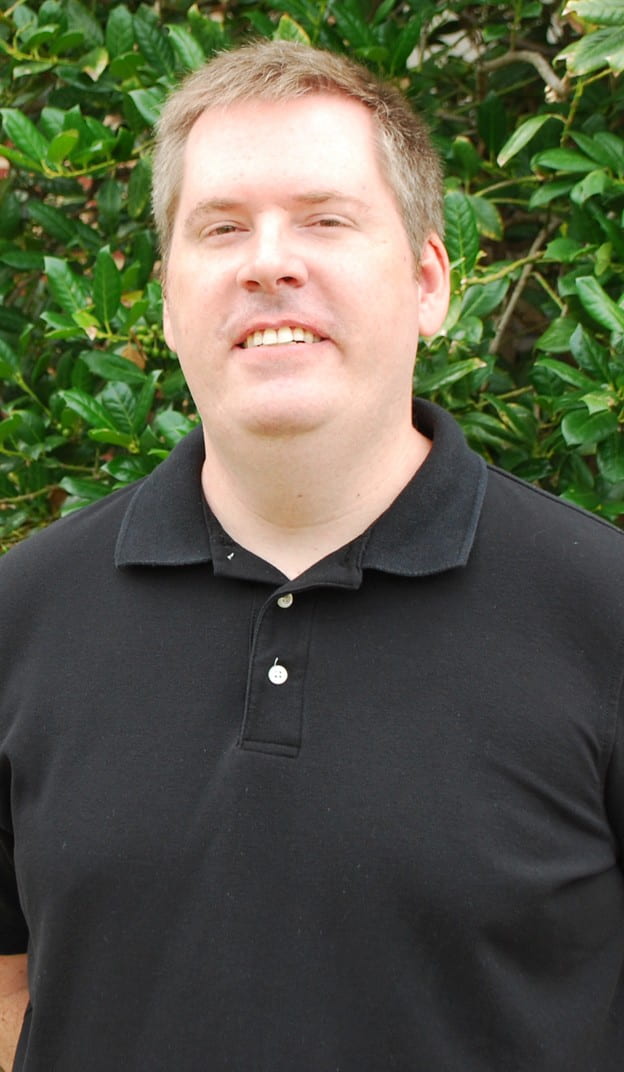 Dr. Chris Dalton
Dr. Chris Dalton
Dr. Dalton’s research interests are in STEM Outreach and he teaches Thermodynamics, Heat Transfer, IC Engines Lab, Capstone, Design of Thermal/Fluid Systems, Solid Mechanics, and Freshman Engineering Experience. In college, his favorite class was Physics 1. He had an excellent professor that made the class very interactive and engaging. He uses structures from that class in his classes to this day. In his free time, he is a big sports fan. He follows the Sooners, the OKC Thunder, the Kansas City Chiefs, and the Atlanta Braves. He also enjoys going to the movies. As an alumnus of OU, his favorite thing about OU is getting to share past experiences with students and see how their experiences are similar and different from his. Dr. Dalton’s advice to students is to find activities to get involved in outside the classroom, like student organizations or research. Employers want to see a well-rounded student, not just an academically strong one.
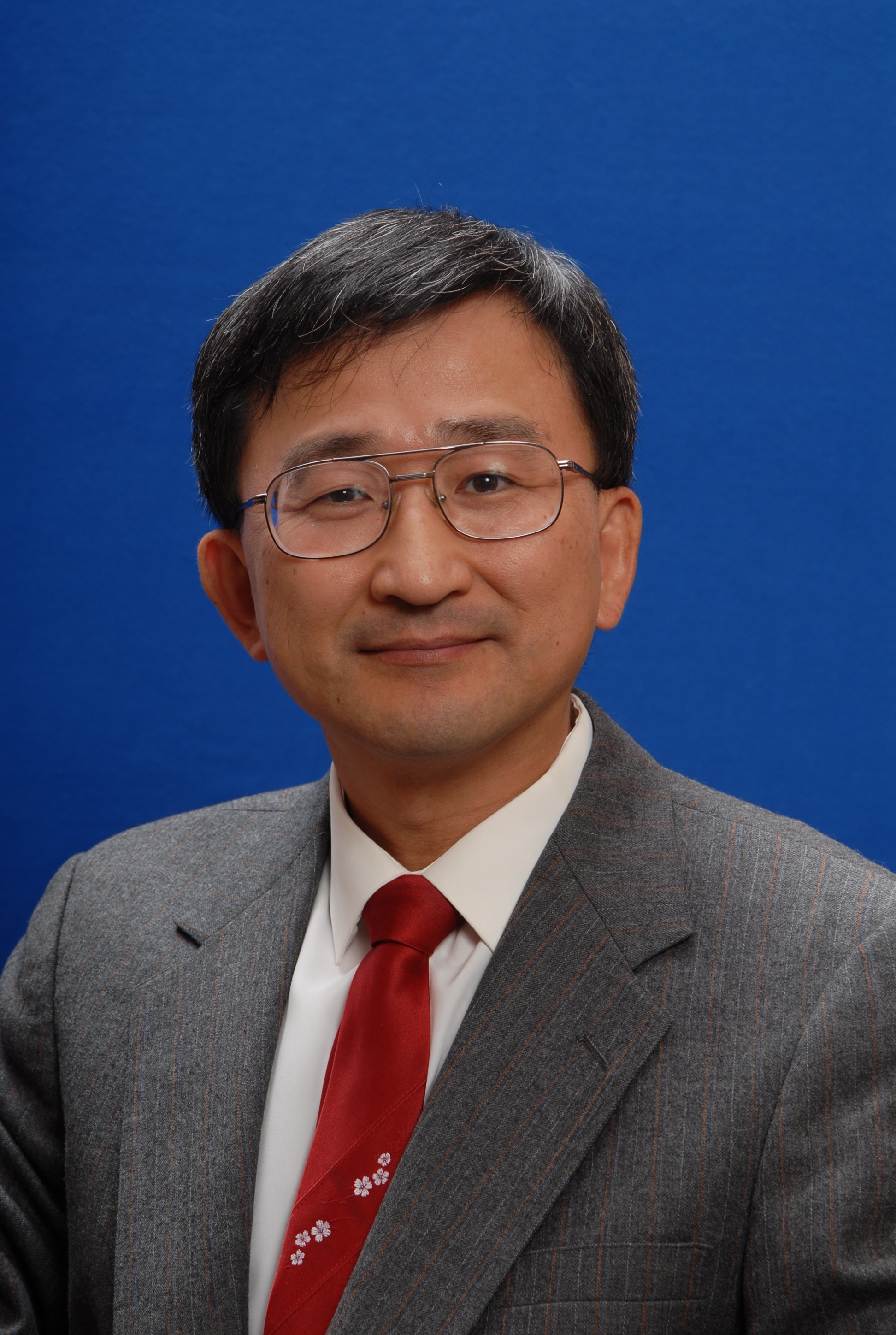
Dr. Feng C. Lai
Dr. Lai’s research interests include Heat Transfer, Enhanced Heat Transfer Using Electrical Field, Electrohydrodynamics, and Heat Transfer in Porous Media. He teaches Principles of Heat Transfer, Design of Thermal and Fluid Systems, Heat Transfer, and Thermodynamics, and his favorite course in college was Thermodynamics. In his free time, Dr. Lai enjoys traveling, watching movies, and listening to classical music. His favorite thing about OU is its good balance between academic and athletic programs. Dr. Lai’s advice for students is to balance their work and play.

Dr. David P. Miller
Dr. Miller’s research interests are Assistive technology, robot planning, robotics for STEM Education, localization, and planetary surface exploration. He teaches Programming, space science, and robotics, and his favorite course in college was Works of Mark Twain. In Dr. Miller’s free time, he enjoys reading and saltwater aquariums. His favorite thing about OU is Opera and his advice to students is to talk to users.

Dr. Pejman Kazempoor
Dr. Kazempoor’s research interests are Carbon Capture and Utilization, Sustainable Energy, Environmental Management, Energy Storage, and Electrochemical Energy Systems (Fuel Cells). He teaches Fluid Mechanics; Modeling and Simulation of Energy Systems. His favorite course from college was Advanced Fluid Mechanics and Thermodynamics. In his free time, he enjoys playing music. Dr. Kazempoor’s favorite thing about OU is its Diversity and Inclusion. His advice to students is that success is a process.
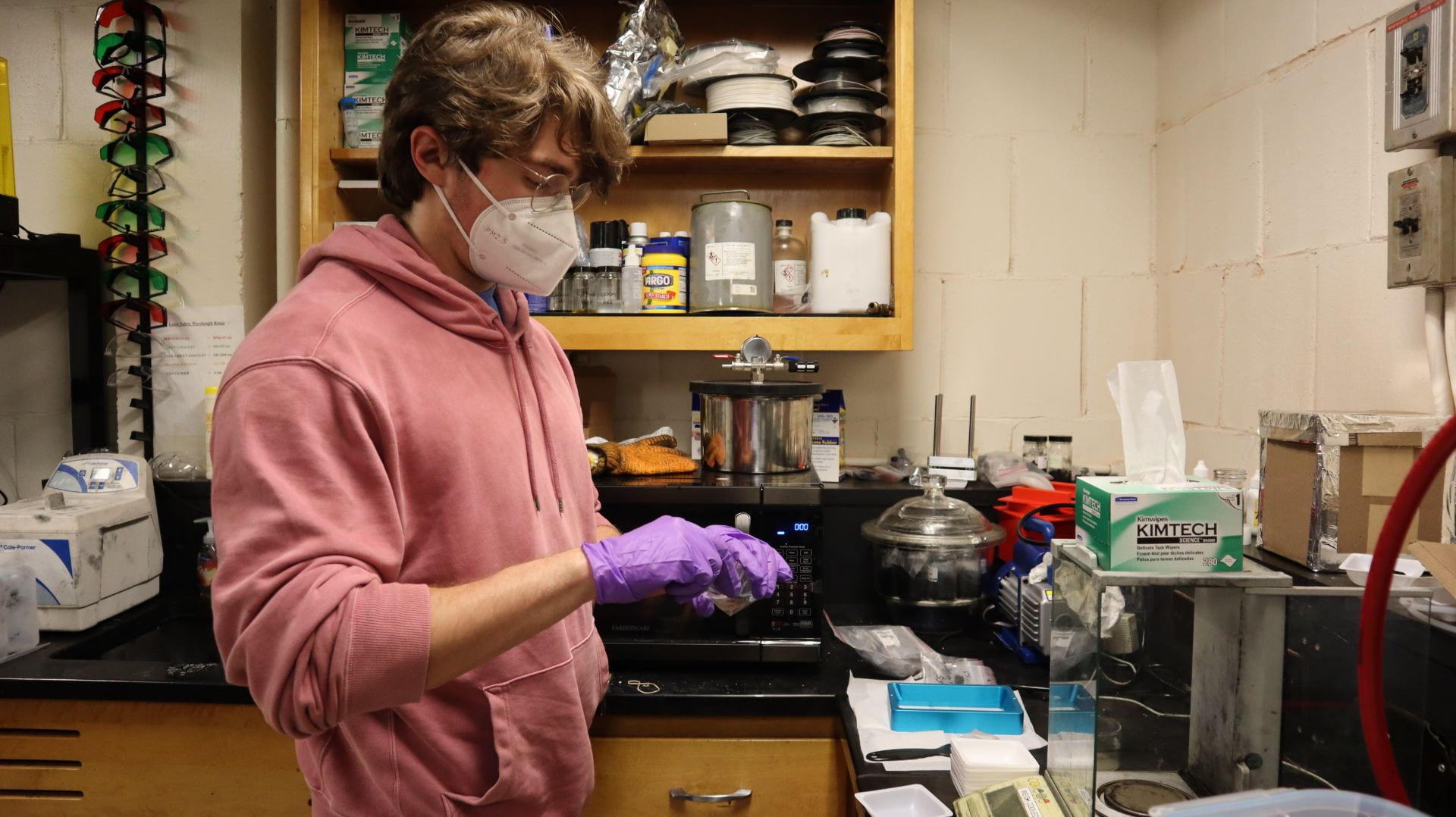 This research built a solid foundation for the rapid manufacturing of piezoresistive polymer foams for broad sensing applications. Our preliminary results have demonstrated that the developed method is able to effectively control materials’ microstructures, enhance carbon nanotube dispersions, and optimize their sensing function. Collaborating with Dr. Liu’s graduate student, Blake Herren, has motivated me to pursue graduate study at OU. Many thanks to the generous support of AME and Phillips 66.
This research built a solid foundation for the rapid manufacturing of piezoresistive polymer foams for broad sensing applications. Our preliminary results have demonstrated that the developed method is able to effectively control materials’ microstructures, enhance carbon nanotube dispersions, and optimize their sensing function. Collaborating with Dr. Liu’s graduate student, Blake Herren, has motivated me to pursue graduate study at OU. Many thanks to the generous support of AME and Phillips 66.
